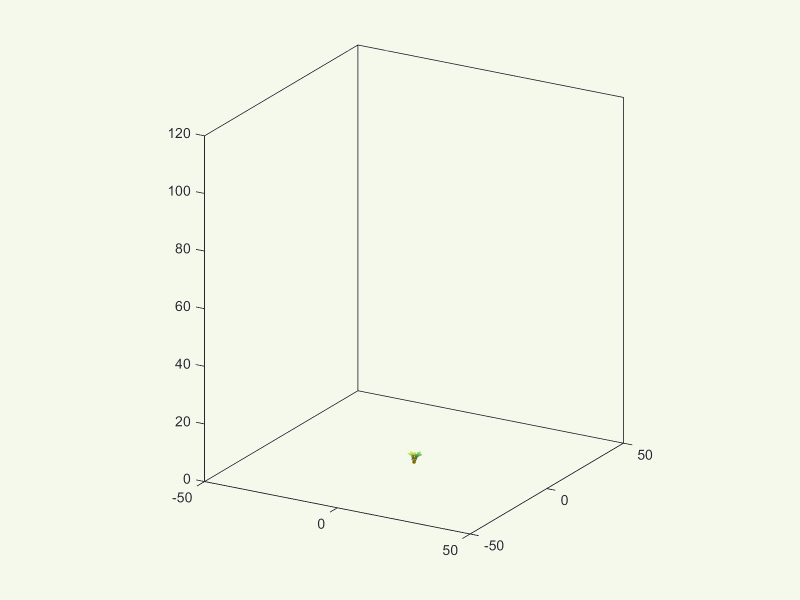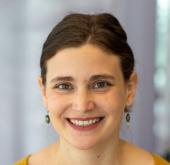Photosynthesis—the 170-step natural process in which plants use sunlight and carbon dioxide to grow—is one of the most basic, yet incredibly complex, processes in biology. It is also inefficient. Approximately only 5 percent of the energy from sunlight is converted into plant growth and even less into the parts of the plants that we eat. Scientists speculate that photosynthesis could be transformed if they could find which steps out of the total 170 can be tweaked and modified to make the process more efficient. With the rapid increase in technological advancements, computers can simulate photosynthesis in a real-life environment. These simulations provide a realistic representation of the entire process and can show what happens to plants if variables were to be manipulated, such as light energy distribution by altering the angle of leaves, adding additional cellular machinery, or changes in climate. By using mathematical equations in the computer system, it is possible to see which potential combinations of changes in photosynthesis would lead to the most crop growth and highest yields.
















